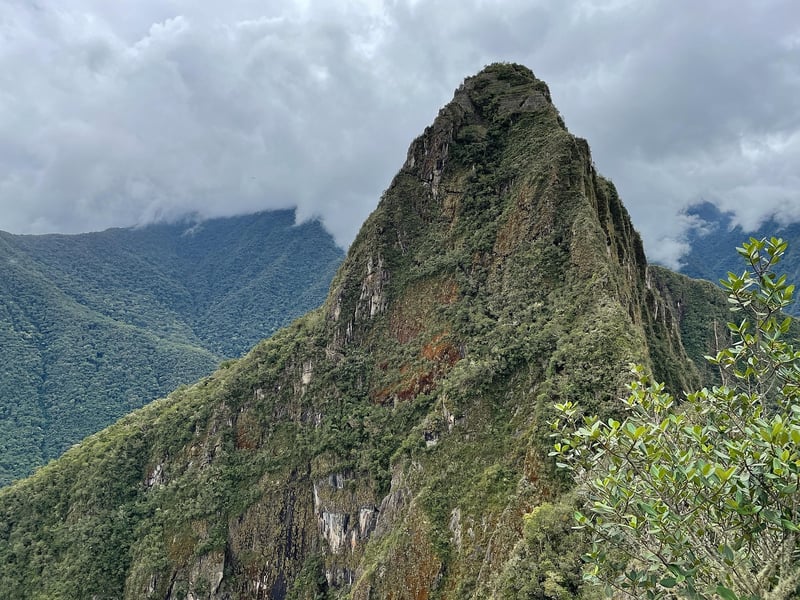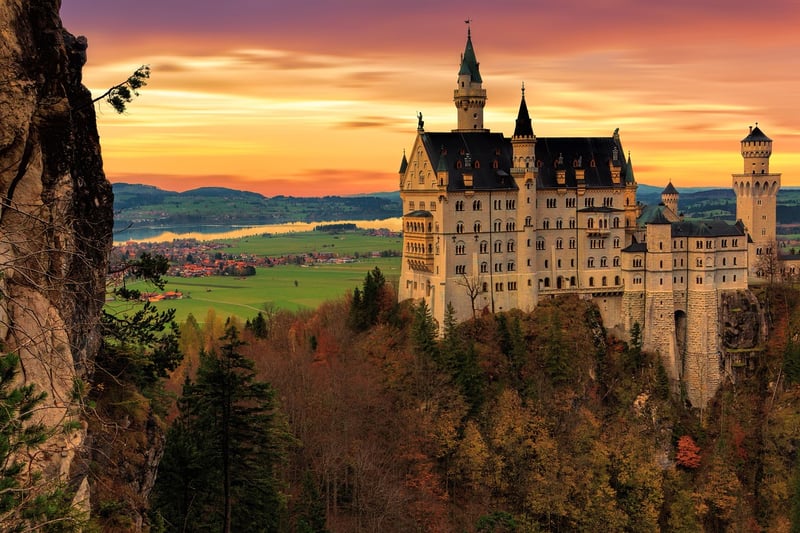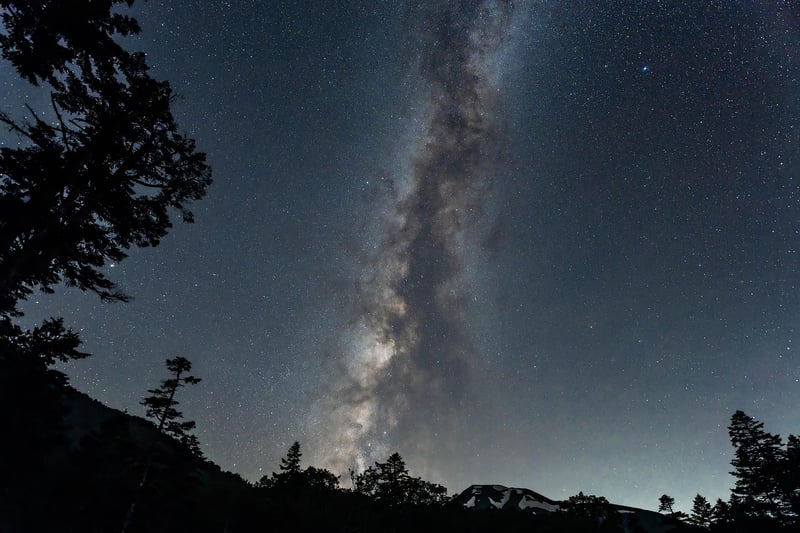Prehistoric Eras
Exploring Diverse Eras: From Prehistoric Times to the Present
Throughout human history, various eras have shaped the world we live in today. From the mysterious prehistoric times to the modern age, each era holds its unique significance and contributes to our understanding of the past. Let's embark on a journey through time and explore the diverse eras that have defined our planet.
1. Prehistoric Era
The prehistoric era, also known as prehistory, refers to the time before written records were kept. It is divided into three main periods: the Paleolithic (Old Stone Age), Mesolithic (Middle Stone Age), and Neolithic (New Stone Age). During this era, early humans lived as hunter-gatherers, created primitive tools, and developed basic forms of communication.

2. Ancient Era
The ancient era marks the beginning of recorded history and includes civilizations such as Ancient Egypt, Mesopotamia, Greece, and Rome. This period saw significant advancements in architecture, art, philosophy, and governance, laying the foundation for many aspects of modern society.

3. Medieval Era
The medieval era, also known as the Middle Ages, spanned from the fall of the Western Roman Empire to the beginning of the Renaissance. This period saw the rise of feudalism, the spread of Christianity, and iconic structures such as castles and cathedrals. The medieval era was characterized by a hierarchical society and a focus on religious beliefs.

4. Modern Era
The modern era began with the Renaissance and witnessed significant scientific, industrial, and political developments. From the age of exploration to the industrial revolution, this era brought about globalization, technological advancements, and revolutions that shaped the modern world.

Each era has its unique characteristics and has contributed to the rich tapestry of human history. By exploring these diverse eras, we gain a deeper understanding of our roots and the forces that have shaped our world.
Let's continue to delve into the past to appreciate the journey that has led us to where we are today.
